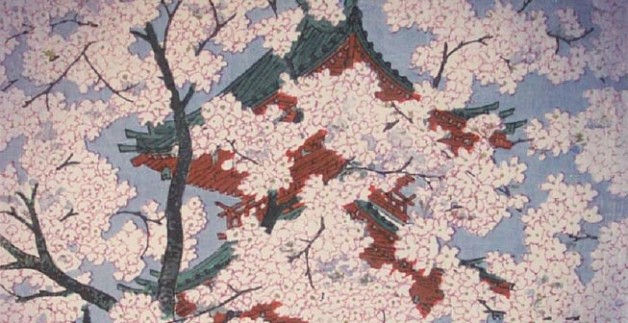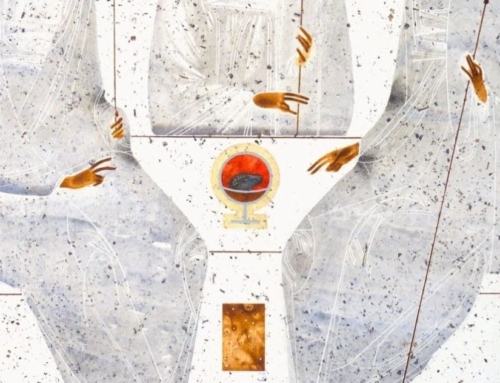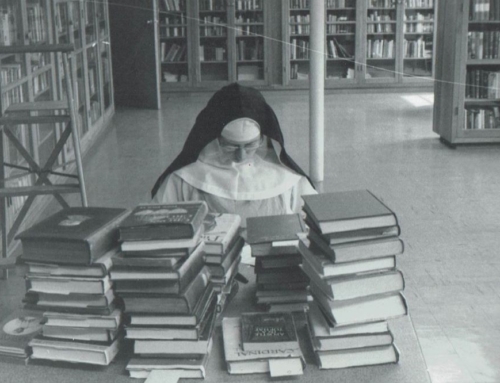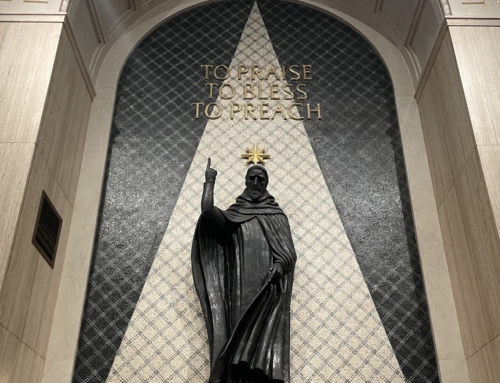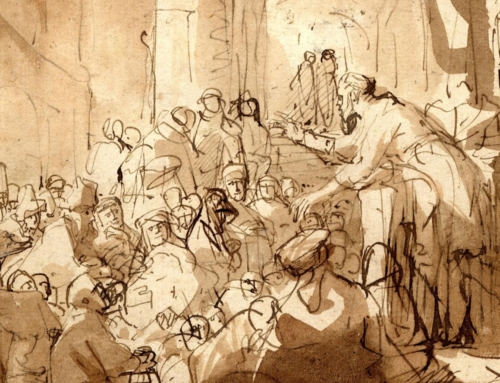There is a secret tragedy hidden in life’s joys. A lavish meal ends with a mound of dishes to wash or a bill to pay; a contemplative pipe smolders into a thimbleful of ash; an encounter with a friend concludes with a shut door and a return home alone; a life of virtue fades into death; history passes, and “there is no remembrance of former things” (Ecclesiastes 1:11). Decay mocks all splendor.
The fourteenth-century Buddhist monk Kenko gave a provocative interpretation of the ephemerality of all beautiful things in his desultory and meandering collection of essays, called Essays in Idleness (Tsurezuregusa):
Are we to look at cherry blossoms only in full bloom, the moon only when it is cloudless? … Branches about to blossom or gardens strewn with faded flowers are worthier of our admiration.
The beauties of nature last a brief moment – a cherry tree stands bare most of the year, until the famed glory of its blossom bursts unexpectedly into the world and scatters a few short days later in a whirlwind of snowy petals.
That short window of unrivaled beauty provokes a variety of responses. Popularly, it provides an opportunity for cultural revelry, as hordes of people cram onto blankets underneath blossoming cherries to drink and cavort while the beauty lasts. But to some classical authors, the thought of the impending scattering tainted the enjoyment of the blossoms themselves, as the thought of future loss slowly ate away at the present goodness.
Kenko points to an alternative to those two extremes. He contends that imperfection can itself be a mode of beauty; a tree studded with closed cherry buds contains the allure of the blossoms to come, heightened by anticipation, just as a tree whose blossoms have scattered stands as a living witness to the glory of the past and the promise of the future, radiant as a mother with a newborn.
Yet the fragility of the world points to a deep wound in the fabric of our lives; we feel in our bones that the good things around us should not fade so rapidly into nothingness, especially the bonds of love that give our lives substance and meaning. And yet the grass withers and the flower fades.
Kenko’s insight lays bare that wound and provides what healing balm he believes possible; he argues that our experience of beauty in the world must be understood in light of our own limitations. Following the Buddhist belief about the ultimate unreality of the material world, he argues that the truth about life lies not in the beauty or ugliness apparent to the eyes, but can be grasped only by the person who is supremely detached from material things. Abandoning physical reality is the only way to understand it.
There is a tempting calm and simplicity in Kenko’s solution to the problem of ephemerality, but the testimony of Genesis prevents Christians from wholly embracing his idea; the world is fundamentally good, and even the wounds caused by the sin of our first parents do not eclipse the inherent goodness of the material world, which reflects the goodness of the God who created it.
And yet his idea gives real insight into a Christian solution of the problem. The good things of this world become tyrannical and unsatisfying if we allow ourselves to regard them as the highest good; thus the crowds of pleasure seekers stagger out from under the cherry trees more exhausted than edified by the experience. Likewise, the prospect of loss and death can leach the pleasure out of all things, filling us with a despair that makes life a torturous anticipation of death.
The solution to this mystery, the balm for the wounds of sin and death, lies in Kenko’s notion that we best understand beauty when we see it as relative to something else. Kenko wants to uncover the unreality of the world by discovering beauty even in imperfection. The Christian might fruitfully reinterpret his insight to say that the beauty of the world becomes available to us most completely when we realize that it is imperfect, an imperfect but real reflection of the glory of God.
The meal that ends in hours of dishwashing, the pipe that ends in ashes and sooty hands, or the silence that follows a conversation with a friend all serve to remind us that the beautiful gift of the material world remains a provisional one. We long for the good things of the world to last forever because we are made for eternity, to share in the eternal perfection of God himself. Because no good thing lasts on this earth, we are encouraged to look to the coming world, in which the real joys and sufferings of our life will be taken up and transformed in the light of God’s presence. There will our joy be complete; there will we discover that a secret joy lay hidden in life’s tragedies.
✠
Image: Shiro Kasamatsu, Cherry Blossoms at Ueno Toshogu Shrine

